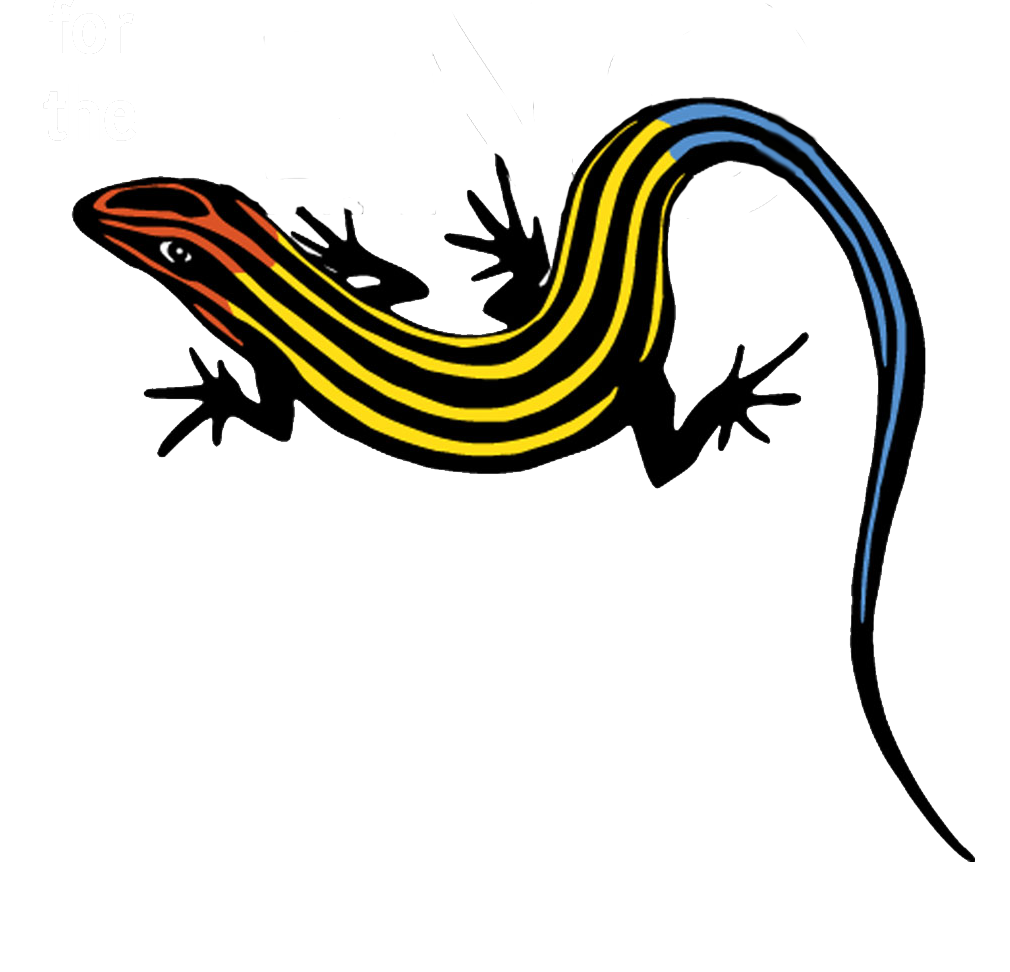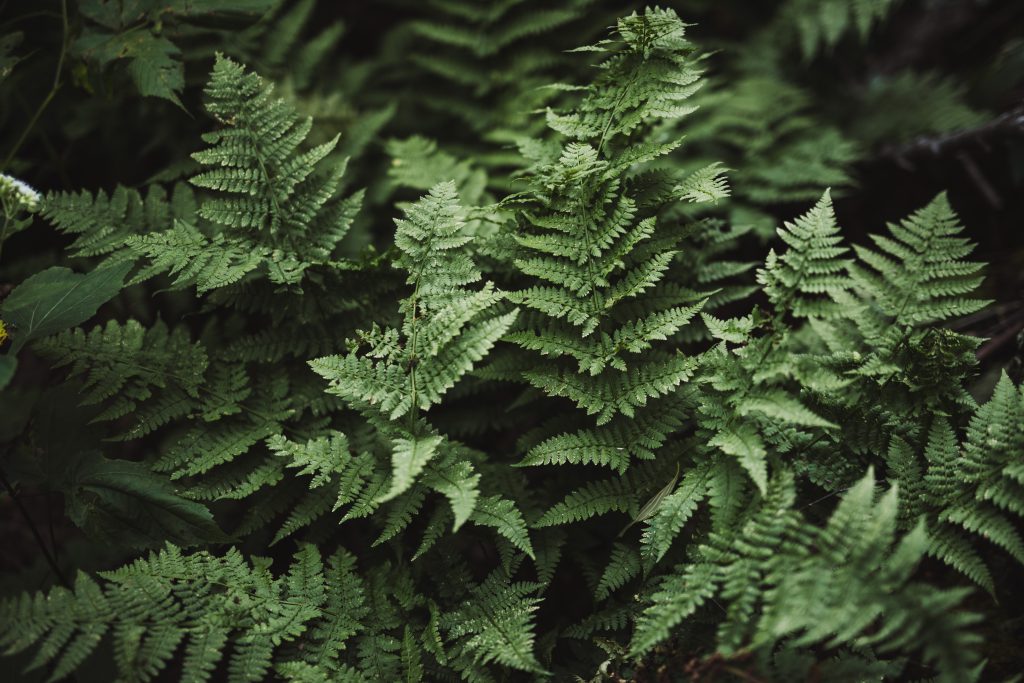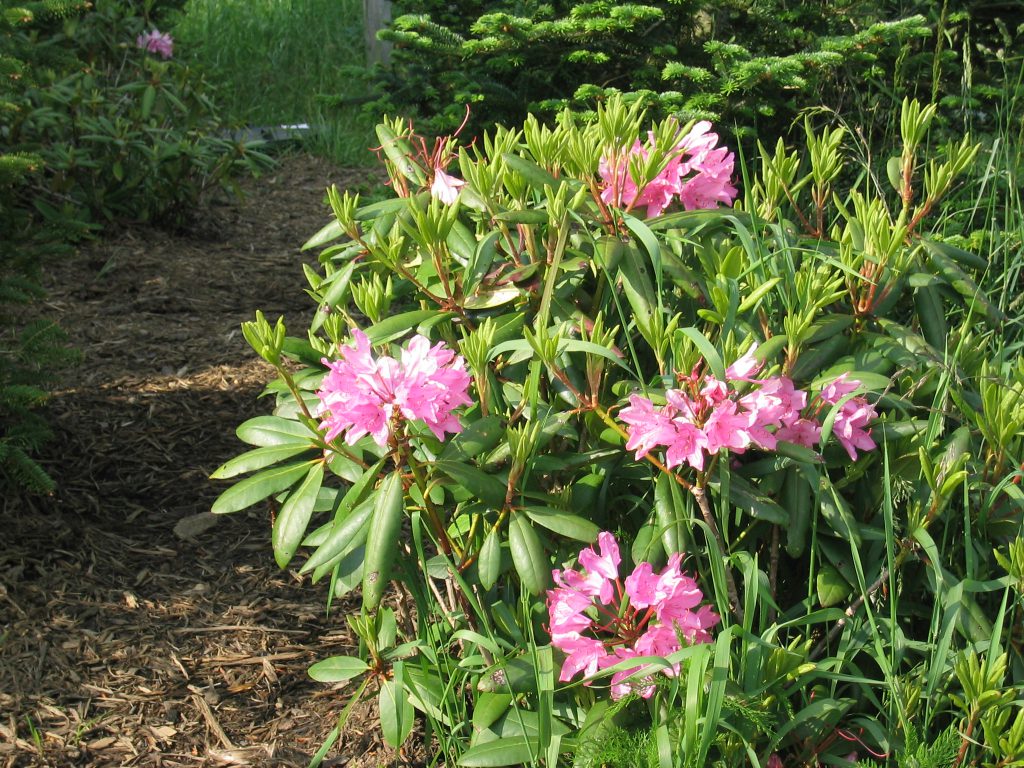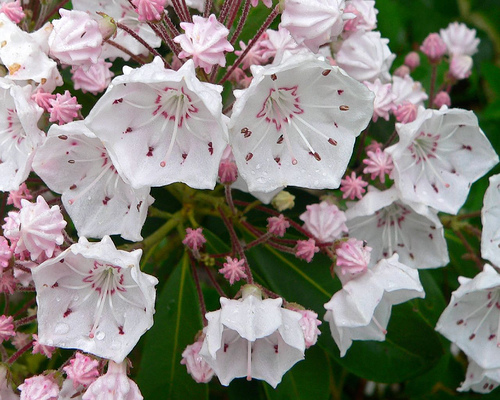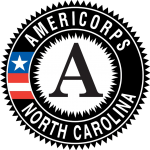ENO JournalVolume 4, No. 1-Mrs. J. B. RhineSpring 1976 As we all know, wild life and wild places are vanishing rapidly all over the the country and most rapidly of all, near expanding towns and cities. Just as more people need quiet out-door natural places to escape to at times for renewal and relaxation, such […]
Wildlife
Walk the Eno with an Eye Towards Ferns
ENO JournalVolume 4, No. 1-Ken MooreSpring 1976 Known for years for its profusion of colorful wildflowers, the Eno River is visited by both long-time nature lovers and new enthusiasts responding to the striking seasonal displays along the numerous well-walked river trails. The Eno’s variety of distinctive habitats, which accounts for the large number of different […]
Ferns
Lorem ipsum dolor sit amet, consectetur adipiscing elit. Mauris dictum diam vitae porttitor varius. Integer sed dictum est. Maecenas tincidunt erat nibh, vel maximus ligula tempor nec. Pellentesque facilisis sapiens nisl, ut scelerisque lectus tristique et. Lorem ipsum dolor sit amet, consectetur adipiscing elit. Nullam lacus elit, iaculis ac erat in, commodo consequat nibh. Curabitur […]
Catawba Rhododendron
Rhododendron catawbiense, with common names Catawba rosebay,[2] Catawba rhododendron,[3] mountain rosebay,[3] purple ivy,[3] purple laurel,[3] purple rhododendron,[3] red laurel,[3] rosebay,[3] rosebay laurel,[3] is a species of Rhododendron native to the eastern United States, growing mainly in the southern Appalachian Mountains from Virginia south to northern Alabama. It is a dense, suckering shrub growing to 3 m tall, rarely 5 m. The leaves are evergreen, 6–12 cm long and 2–4 cm broad. The flowers are 3-4.5 cm diameter, violet-purple, often with small spots or streaks. […]
Mountain Laurel
The plant is naturally found on rocky slopes and mountainous forest areas. It thrives in acid soil, preferring a soil pH in the 4.5 to 5.5 range. The plant often grows in large thickets, covering great areas of forest floor. In the Appalachians, it can become a tree but is a shrub farther north. The species is a frequent […]

